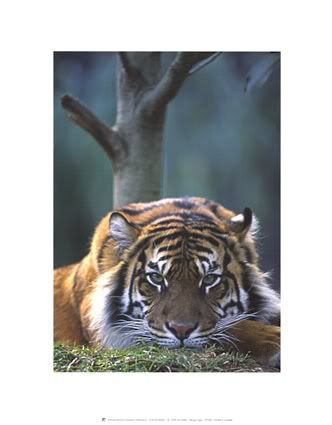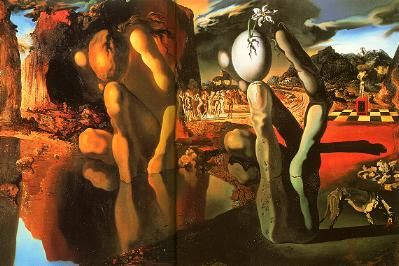.jpg) Widespread is the knowledge of Napoleon's famous erotic line to Josephine, "I will return in three days, don't wash!" (“Je reviens en trois jours; ne te laves pas!"), which inspired even the famous name of a Worth perfume, Je reviens. But little do people realise that he was not the first one to appreciate the ripeness of a female body's natural aroma. It was another French figure who had the historical privilege of uttering a comparable phrase in the throes of erotic passion to his beloved centuries ago: Henry IV of France, who wrote to his mistress Gabrielle d'Estree: "Don't wash my love, I'll be home in eight days".
Widespread is the knowledge of Napoleon's famous erotic line to Josephine, "I will return in three days, don't wash!" (“Je reviens en trois jours; ne te laves pas!"), which inspired even the famous name of a Worth perfume, Je reviens. But little do people realise that he was not the first one to appreciate the ripeness of a female body's natural aroma. It was another French figure who had the historical privilege of uttering a comparable phrase in the throes of erotic passion to his beloved centuries ago: Henry IV of France, who wrote to his mistress Gabrielle d'Estree: "Don't wash my love, I'll be home in eight days".Interesting to note no doubt that transport as well as beliefs concerning for how long one could sustain themselves without a bath had changed accordingly through the course of more than 2 centuries.
Henry IV of France was reputed to have such a ripe smell himself that his intended, Marie de Medici, keeled over upon meeting him.
But a predecessor, Henry III was also reportedly excited by the animalic essence of the female body: he fell in love with Mary of Cleeves after smelling the odour of her just removed clothing. Of course the circumstances upon which she had removed the clothing and what he saw might also have contributed to his infatuation no doubt.
According to Alain Corbin, social historian and author of The Foul and the Fragrant, Baudelaire was in part responsible for transforming the scented profile of the woman.
"The perfume of bare flesh, intensified by the warmth and moistness of the bed,replaced the veiled scents of the modest body as a sexual stimulus.[...] The woman stopped being a lily; she became a perfume sachet, a bouquet of odors that emanated from the "odorous wood" of her unbound hair, skin, breath, and blood.[...] The atmosphere of the alcove generated desire and unleashed storms of passion".
As we had noted in a previous article on Perfume Shrine named "Glorious Stink", the matter of fragrancing the body or not, the ritual of bathing and the perceptions concerning cleanliness have been at the eye of the turmoil of civilization since antiquity. Fragrance can only be an additional veil upon the essence of the body itself. In the words of poet Rainer Maria Rilke, "you feel how external fragrance stands upon your stronger resistance?"
Henry Miller was even more explicit when he progressed the onomatopoeia of Baudelaire's "muskiness of fur" using its proper name taken from the vernacular:
"With the refinements that come from maturity the smells faded out, to be replaced by only one other distinctly memorable, distinctly pleasurable smell" and he goes on to suggest the female genitals as the source of the ambrosial aroma. "More particularly, the odor that lingers on the fingers after playing with a woman, for if it has not been noticed before, this smell is more enjoyable, perhaps because it already carries the perfume of the past tense".
It is obvious that the natural smell of a sexually mature body held great fascination for men for centuries and it is even more confusing juxtaposing this belief with today's standards of hygiene to the point of the sterile. All in all, the print of a civilization often revolves around the use of soap and water and this is none more apparently ironic than in the examination of sophisticated societies.

.jpg)










